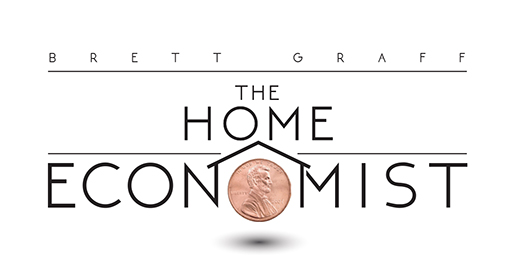Allowances, jobs, saving and spending, the lastest push in education is to get economics in schools. Here’s what you need to do at home. BY THE HOME ECONOMIST
 This week in her after-school program, teen coordinator for the Boys and Girls Clubs of Greater Miami Diana Perez will introduce to junior-high kids a few real-life financial skills — such as knowing the difference between wanting and iPod and needing one. That’s just one of the lessons packed into the curriculum and materials Charles Schwab has been providing these clubs across America since 2003.
This week in her after-school program, teen coordinator for the Boys and Girls Clubs of Greater Miami Diana Perez will introduce to junior-high kids a few real-life financial skills — such as knowing the difference between wanting and iPod and needing one. That’s just one of the lessons packed into the curriculum and materials Charles Schwab has been providing these clubs across America since 2003.
“A lot of these kids get money from their parents each week,” says Perez, “and now some of them say, ‘I have $100 because I started saving like you taught me to.’”
The program an early stride in what today has become a national movement to teach basic financial skills to children. The push is to introduce concepts in kindergarten and foster fiscal responsibility up until high school graduation, knowing that shortly afterwards, kids will either earn money, rack up credit card debt or both.
Now even the U.S. Department of Education has jumped to the forefront, declaring financial literacy a priority.
“There’s a real academic benefit to that,” says Matthew Yale, chief of staff for education secretary Arne Duncan. “When you’re talking about the basics to saving and investing, there’s math to that, there’s reading. Where these curriculums are done well…students have outperformed their peers.”
Here’s a few concepts for your kids to master before they start handling money.
The difference between needs and wants. If you put a second pair of Nike sneakers in the first category, remember it’s generally reserved for food, shelter, education and health care.
How to live within a budget. Invite older kids – middle schoolers and above – to help plan the family vacation. Given an amount of money, can you fly or drive? Stay in a hotel or camp ground. Younger kids can budget for small items, such as cake ingredients or prebaked goods.
Saving for short and long term goals. Stocking away cash for a computer is worthy, so is putting aside money for college.
Investing and the importance of diversification. Or, as the saying goes, don’t put all your eggs in one basket.
The difference between asset classes. Here’s a start: stocks (you own a piece of the company,) bonds (you’re a lender being paid interest,) and cash (it’s liquid and available at any time.)
Simple economics terms such as supply, demand, and scarcity.
TAKE THE QUIZ
Together, the Department of Treasury tested high school kids across the country to gage their financial literacy. Here are three sample questions to see how your kids would fare.
Which of the following credit card users is likely to pay the greatest dollar amount in finance charges per year if each charges the same amount per year on his or her cards?
A. Mike, who only pays the minimum amount due each month.
B. Susan, who always pays her credit card bill in full shortly after she receives it.
C. Erika, who pays at least the minimum amount due each month and more when he has the money.
Steve needs to purchase a new cell phone as his current one is dead. Over the past two years Steve has damaged his phone about every six months and needed a replacement. Each replacement phone costs him $150. If Steve expects to continue to have to have his phone repaired or replaced every six months, which of the following will save him the most money?
A. Don’t buy any sort of plan, just continue to replace his phone each time it breaks.
B. Buy Plan X which covers accidental damage to the phone and costs $5 per month plus a $100 deductible when the phone is repaired or replaced.
C. Buy Plan Y which covers accidental damage to the phone and costs $9 per month plus a $10 deductible charge when the phone is repaired or replaced.
Jasmine is a high school student with a credit card and a cell phone in her own name. She often pays her bills late and sometimes misses a payment. If she applies for a car loan when she is in college, what will the effect be of her credit record in high school?
A. She will probably be charged a high interest rate.
B. She will be a favored borrower because she has an established credit history.
C. Her credit record in high school will be erased when she turns 18.
D. I don’t know.
Answers: 1. A; 2. C. 3. A






Leave A Comment